
This Is What Turmeric Actually Does To Your Body
It’s time to learn precisely why Ayurvedic tradition prioritizes turmeric. Turmeric isn’t just a delicious addition to golden milk; it’s a timeless healing ingredient used for centuries. Everyone believes the same things about turmeric… but you should keep reading, because this is what turmeric actually does to your body.
Most of us incorporate this trendy component into our diets and remedies without truly understanding what it does for our bodies. This colorful herb can do everything from lowering inflammation to helping wounds heal faster. Plus, you can find fresh and dried varieties right in your local grocery store!
In this post, we’ll uncover what turmeric actually does to your body and what makes it so potent. You’ll even learn how to make a balm that will repair your skin and prevent infection. By the time you’re done reading, you’ll have a jar of turmeric added to your shopping cart. Let’s discover why you should add turmeric to your daily wellness routine!
The Many Benefits of Turmeric
Turmeric is a readily available powerhouse ingredient that provides multifaceted benefits to the body. Here are just a few reasons to always keep a jar on hand.
Lowers Inflammation: Inflammation can occur due to hormonal issues, environmental factors, and even your diet. Turmeric contains curcumin, which can lower inflammation and reduce your risk of disease. Lowering inflammation can also reduce aches and pains, giving you a better quality of life.
Balances Gut Health: Turmeric can also improve gut health by stimulating bile, which can aid digestion. A balanced gut microbiome means the rest of your body works better, making turmeric more important than anyone imagined.
Boosts Brain Health: The curcumin in turmeric can also stimulate brain health by increasing BDNF. This particular protein decreases your risk of neurological diseases, and it can also improve focus.
I used to rely on coffee and sugar just to make it through the day—until I discovered a wild remedy that works even better. When your adrenals are drained, stimulants only push you deeper into exhaustion. But deep in the woods, herbalists have long used a plant so powerful that it’s earned the nickname Redbull of the Woods. Just a few sips, and you feel recharged—without the crashes, without the burnout.
The best part? You don’t have to rely on store-bought stimulants filled with chemicals and artificial ingredients. This natural energy booster is something you can make yourself—if you know where to find it and how to prepare it.
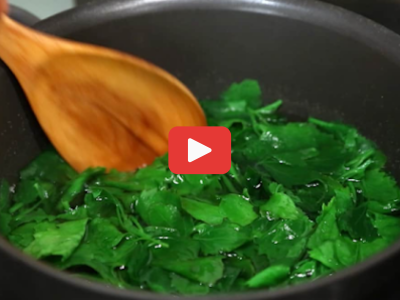 That’s exactly what I learned inside The Lost Remedies Academy, where real, hands-on herbal wisdom is taught step by step. Now, I never worry about energy slumps—because I have nature’s remedy in my back pocket.
That’s exactly what I learned inside The Lost Remedies Academy, where real, hands-on herbal wisdom is taught step by step. Now, I never worry about energy slumps—because I have nature’s remedy in my back pocket.
Relieves Pain: Turmeric lowers inflammation, which leads to less pain, but it’s also known as “nature’s ibuprofen,” working similarly to make the body comfortable. This applies whether you use turmeric topically, such as in a balm, or consume it in a tonic.
Boosts Immunity: Turmeric is antimicrobial, antiviral, and antibacterial. These properties work together to boost immunity and reduce oxidative stress.
Heals Skin: Turmeric is also antiseptic, making it a great alternative for traditional ointments. As you’ll see in our Turmeric Healing Balm, this spice speeds the healing of skin while preventing infection.
How to Use Turmeric
Turmeric can be used in a variety of ways, from culinary to medical. One of the most popular ways to use turmeric is in warm beverages, stews, or soups. Many enjoy using it in Indian curries, omelets, or even oatmeal. A simple way to add an anti-inflammatory boost to your diet is by stirring a teaspoon into your salad dressings.
Some prefer to take turmeric as a supplement, but there are more benefits to consuming it fresh or dried. Aside from taking it straight, you can add a dash to a massage or wound balm. A word of caution: turmeric has many incredible benefits, but it’s also potent and will stain whatever it comes into contact with. Consider this before adding it to a face mask or any balm applied to exposed skin.
Most people don’t realize this, but there are rules when it comes to using turmeric and herbs in general.
✅ Use water that’s too hot? You might burn off the medicinal compounds.
✅ Add the wrong herb? It can block absorption.
✅ Skip the fat or pepper? Your remedy might do nothing at all.
And that’s the best-case scenario.
Worst case? You could accidentally turn a healing recipe into something harmful.
👉 Here’s the full instruction list you need before making herbal remedies at home.
Do This to Activate Turmeric’s Healing Properties
Turmeric is tasty on its own, but if you want to maximize its benefits, add a pinch of black pepper. In this Turmeric Healing Balm, the amount of pepper is so small it won’t irritate the skin. Just a pinch will activate the curcumin without overpowering the texture or scent of the balm.
How to Make a Turmeric Healing Balm
Every ingredient in this Turmeric Healing Balm works synergistically to disinfect wounds while promoting speedy healing. We included coconut oil because it’s rich in fatty acids that hydrate the skin, making it easier to heal. Turmeric provides antimicrobial, antibacterial, and anti-inflammatory benefits, helping your skin look its best. Raw honey and beeswax have been used for centuries to heal wounds and act as a natural humectant.
Everyone knows how to make a tea remedy…
But when it comes to creams or balms, most people freeze. “What if I mess it up?” “What if it doesn’t work?”
I used to feel the same — until I learned how simple it really is.
I found a step-by-step video guide that shows you how to make real remedies like real herbalists:
- Healing creams and wound salves
- Herbal tinctures and oil infusions
- Pain-soothing compresses
- Powerful syrups and even cough drops
Not just teas.
👉 This is where I started learning how to make them right.
Adding lavender essential oil to the balm can be particularly helpful if you’re applying it to a burn. And, if you choose to add calendula flowers, you’ll add another layer of skin-nourishing compounds. Here’s how to make this remedy.
Ingredients
- ¼ cup coconut oil
- 1 tablespoon beeswax
- 1 tablespoon turmeric powder
- 1 pinch black pepper
- 1 tablespoon honey
- 5-10 drops of lavender essential oil
- 1 tablespoon dried calendula flowers (optional)

Step One: Melt the coconut oil and beeswax in a double boiler and place them in a pan filled with 1-2 inches of water set over low heat.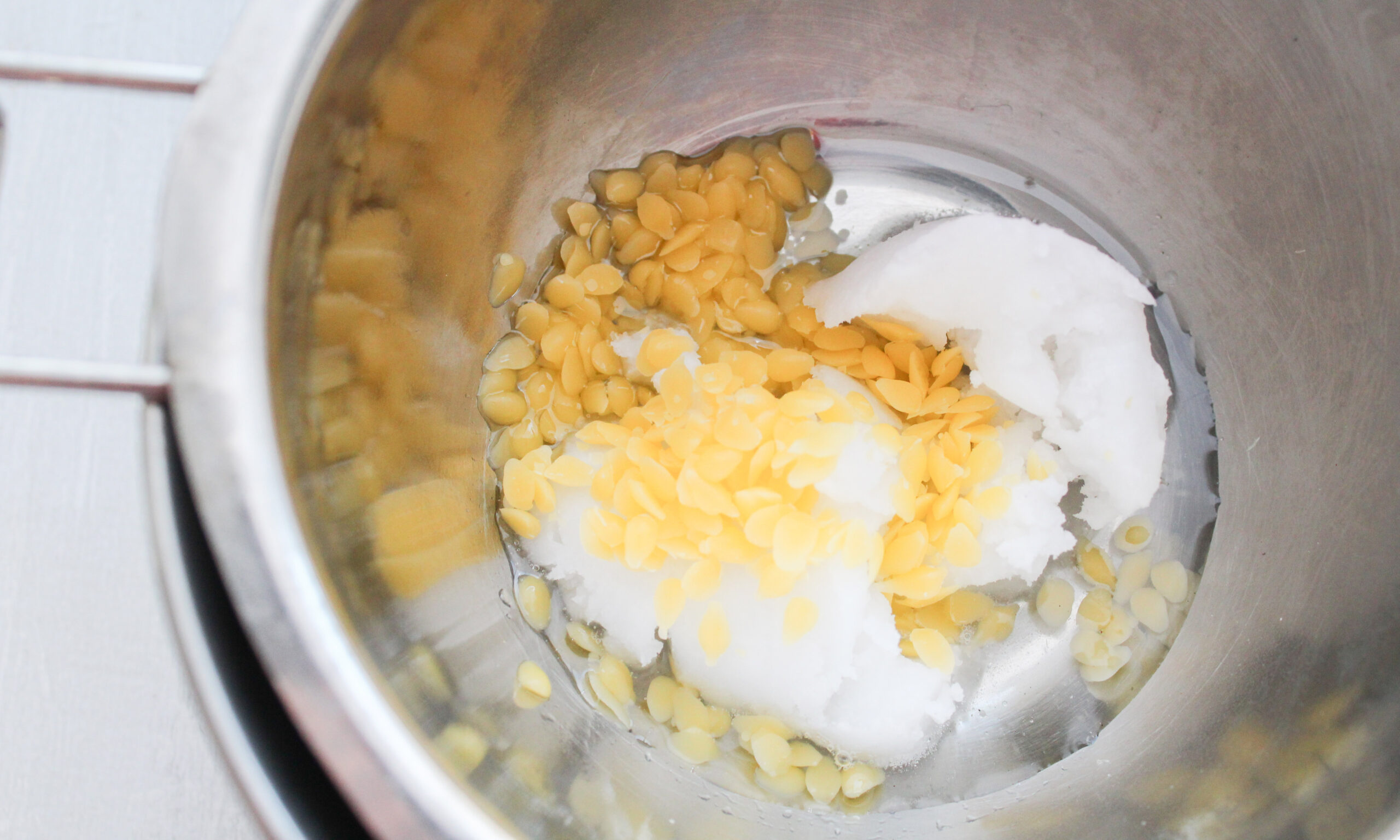
Step Two: Once melted, stir in the turmeric powder, black pepper, honey, lavender essential oil, and calendula flowers, if using.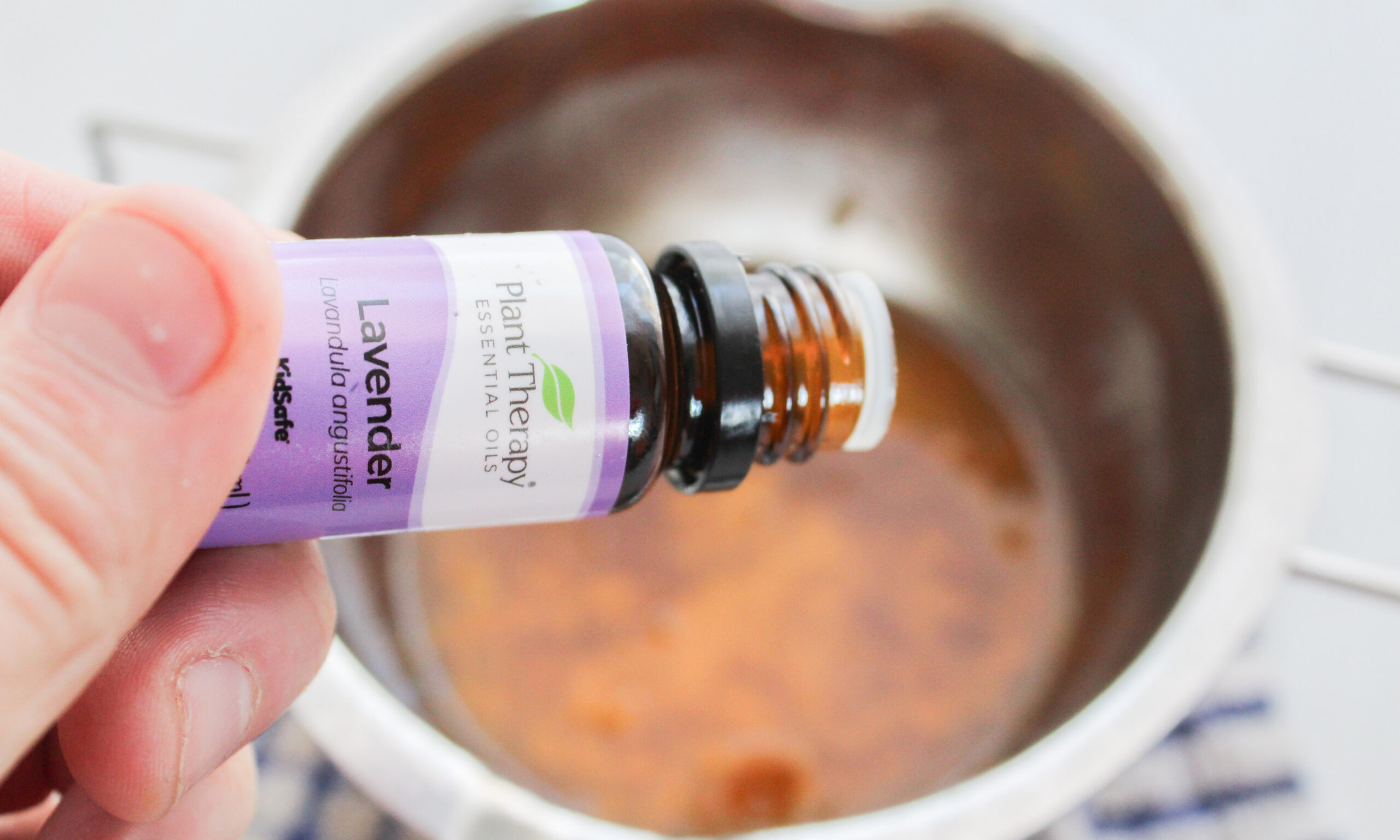
And Step Three: If using calendula flowers, let the mixture steep for 10-15 minutes before straining the herbs. If not using calendula, remove from heat, pour your turmeric balm into a small container, and let it solidify. You can put it in the refrigerator or freezer to help it solidify faster. It is usual for your balm to have small flecks of beeswax. Use and store as directed.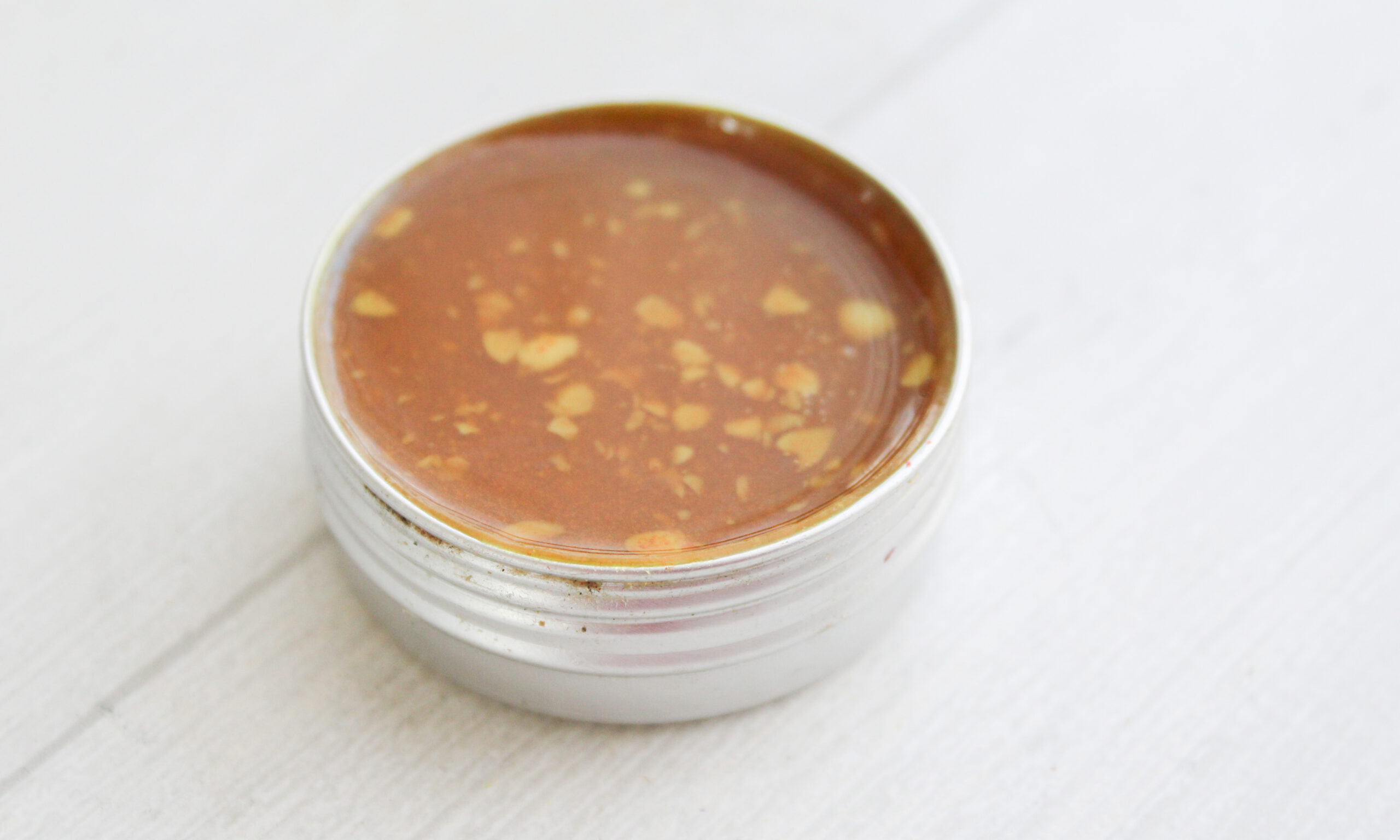
How to Use This Remedy
This healing balm is versatile and a great addition to any natural medicine cabinet. Before applying, clean the affected area and gently pat dry. Use clean fingers and apply the balm to the wound. Gently rub in until the mixture is mostly absorbed. Apply 2-3 times a day for best results until the wound has healed.
The balm is a safe remedy for adults and children under 1. We don’t recommend using it on children under 1 as it contains honey, which can be harmful to this age group if ingested. If you have sensitive skin, you may want to do a “patch test” first to see if it fits your unique needs.
Keep your balm in a glass jar away from heat and light. Depending on your climate, the balm could change consistency. Your Turmeric Healing Balm will last 6-12 months when stored properly. Storing it in the refrigerator is unnecessary, but some will prefer to do so to maintain the hardened consistency.
Don’t have the time or ingredients to whip this up right now?
Honestly… I get it. Between sourcing good turmeric, melting beeswax, and getting the texture right, it can feel like a project.
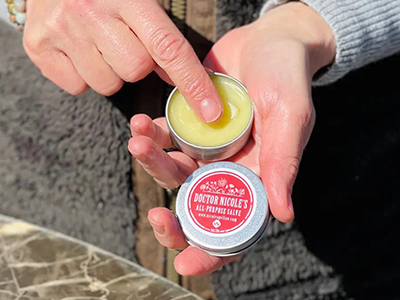 That’s why I always keep this ready-made herbal salve on hand.
That’s why I always keep this ready-made herbal salve on hand.
It’s packed with organic, skin-soothing ingredients — and works like a charm on cuts, burns, bites, rashes, dryness… basically anything your skin throws at you.
👉 Grab your own jar of the All-Purpose Salve here.
It’s like having a herbal remedy cabinet in one tin.
🟡 So… What Does Turmeric Actually Do to Your Body?
A lot.
But really — it depends on how you use it.
Turmeric works differently depending on where you put it, what you mix it with, and how you prepare it. That’s why one-size-fits-all advice never really works.
The good news? I’ve found the perfect guide that breaks it all down, with real, step-by-step herbal recipes for everything from skin issues to gut repair, pain relief, immunity, and more.
Just look at what turmeric can help with when you know how to use it:
- ✴️ Arnica Salve for Age Spots
- ❤️ “Young Heart” Elixir (Vital Heart Blend)
- 🔥 Warming Turmeric & Cayenne Balm for Circulation
- 🌿 Gut Health Morning Shots
- 🌾 Herbal Acid Reflux Reliever
- 🧼 Homemade Colon Detox Shot
- 👙 Flat Tummy Capsules
- ☕ Metabolic Herbal Coffee
- 👁️ Vision Protection Elixir
- 💢 Poultice for Arthritis Pain
- 🩹 Pain Patches with Nature’s Ibuprofen
- 🌙 Turmeric Golden Milk
- 💊 Herbal Antibiotic Capsules
- 🧬 Nature’s Amoxicillin
…and over 250 more remedies using natural plants, herbs, and ingredients you can trust.
👉 Get them all here in The Forgotten Home Apothecary — before the current stock runs out.
This isn’t just a recipe book.
It’s your go-to shelf guide for healing yourself and your family — naturally.

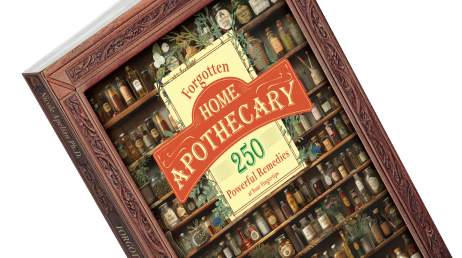






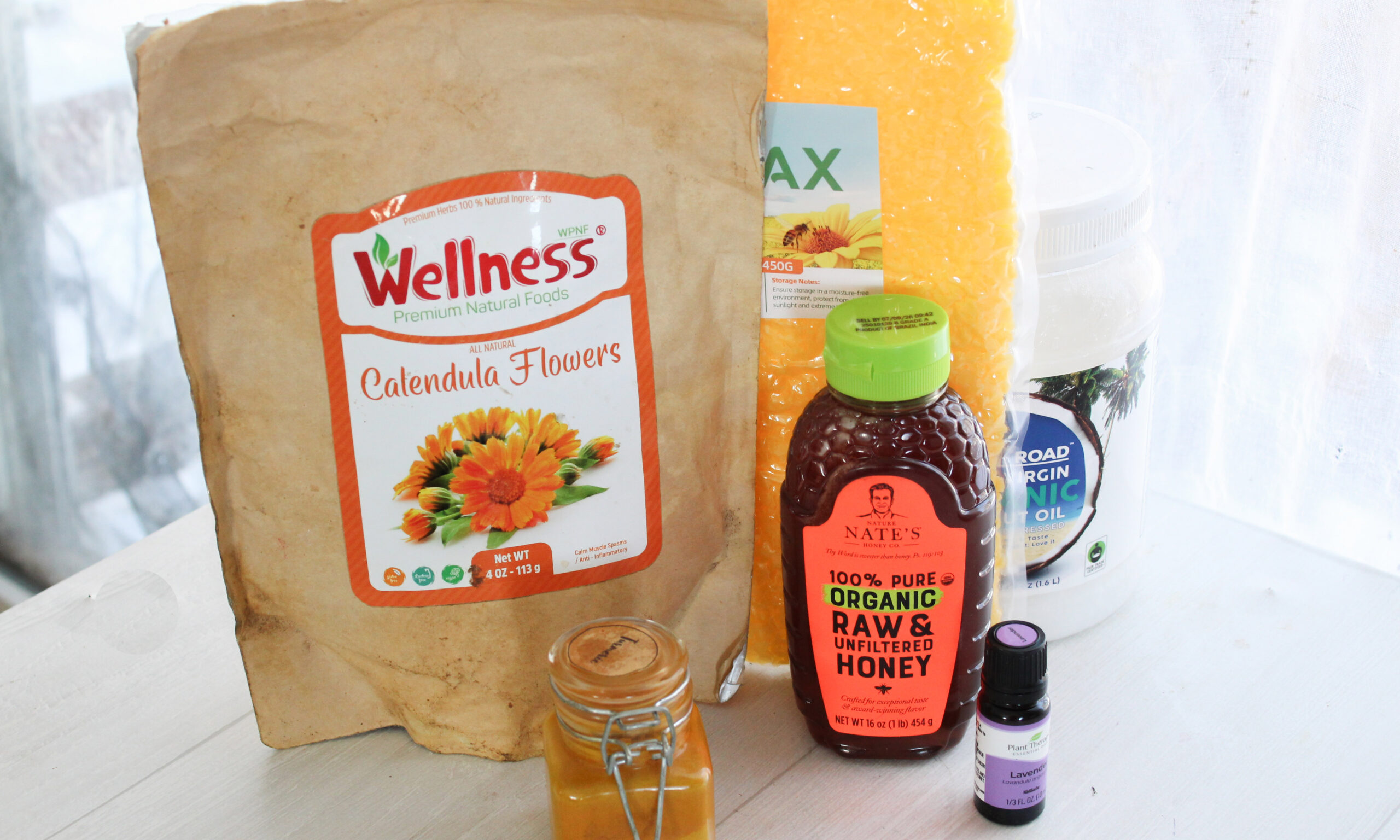
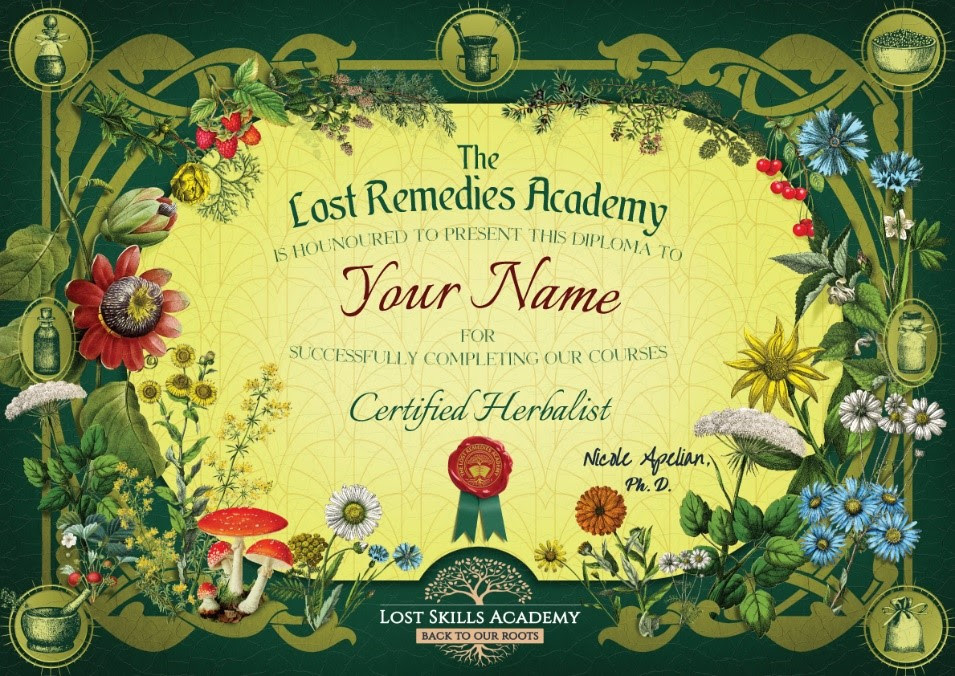
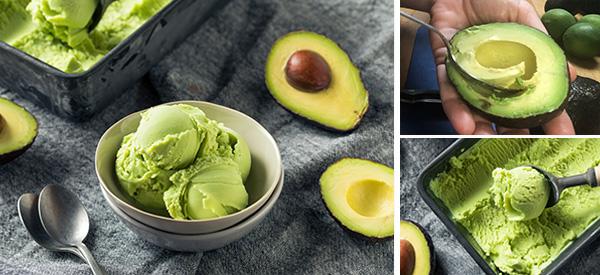
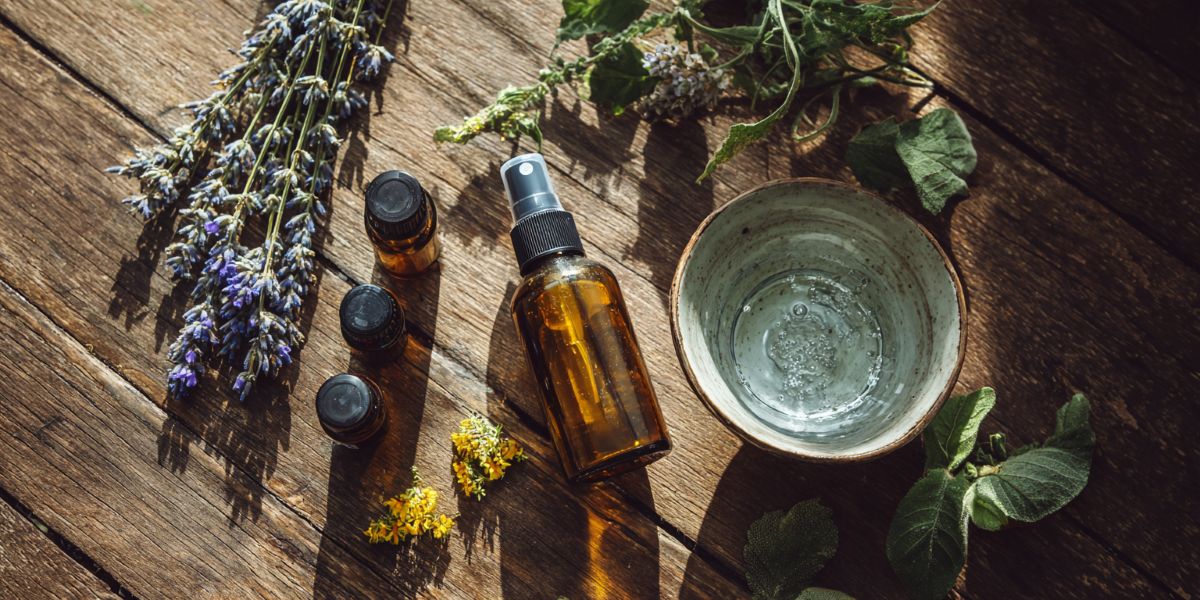
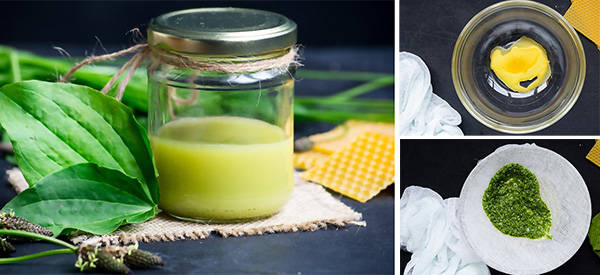
Can you add tumeric to regular instant coffee? If so, how much?
I read these articles to keep my head in the game. This one was really well written. You even included the information on needing fat or pepper. I love the fact that the recipe is for a single container. Every formula my school taught us (regardless of the use or ingredients) typically was for 16 oz of whatever we were making. And yes. You are so right about tumeric staining everything. The first time I made a tumeric tincture was as a quart and i dropped it. It went everywhere. That was about 4 years ago and I’m still trying to get it out of some things.